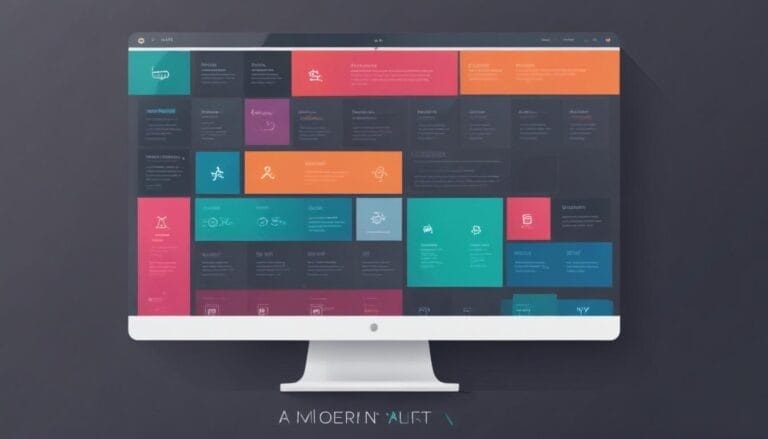Mood boards? What, those collage-like things where you stick on pictures of things you want? No, they’re dream boards – but mood boards aren’t dissimilar. For those in doubt, a mood board is defined (by the OED) as “an arrangement of images, materials, pieces of text, etc. intended to evoke or project a particular style or concept”. They’re used by graphic and web designers, photographers, branding experts, fashion designers and anyone else in creative industries.
But mood boards have modernised. Instead of the traditional (but still entirely valid) method of sticking photos, print-outs, adverts and such onto large pieces of paper, there are various pieces of software you can use to assemble mood boards electronically. From Photoshop and Illustrator, to online tools such as www.gomoodboard.com, Niice and our personal favourite, InVision.
At In The Box we use mood boards for significant design projects – usually branding and website designs. We load them with colours, typefaces, websites, excerpts of text, adverts and any other online or offline materials which capture the style we’re after.
For designers…
The value of mood boards for designers is quite straightforward. Having a bunch of materials which collectively evoke a particular style or concept can be extremely useful during the planning and design phases. Firstly, they can act as a sort of design police. I find myself continually consulting my mood board as I produce my initial sketches, wireframes and designs to help keep me focused on the desired style. I might, for instance, try a typeface in the design, check the board and discover that I’ve gone a little too far off-piste and am working too far outside the feel of the mood board.
They’re great for inspiration. If I’m struggling with an idea, a thorough perusal of the materials on the board will usually kick my creative brain into gear again.
Finally, they can also be a great presentation tool. Gaining a client’s buy-in to the design process is always advantageous and mood boards allow you to do that – by taking the client’s input, along with your own, and displaying it together on a mood board. You then have something very visual to present as you take your client on the design journey you undertook.
For clients….
For clients, the very act of contributing to a mood board can be extremely valuable for them and the designer.
While some clients may believe that the designer should be doing all the creative thinking, that’s not usually wise. It’s surprising how many times I see clients who say they don’t know what they want until you put some examples in front of them. All of a sudden they’re very clear and quite particular about what they do and don’t want. So by requesting that a client get involved in your mood board, you push them to clarify what they actually want – something they can’t always tell you from the outset, or perhaps haven’t actually given much thought to. Ask them to contribute example websites they like, show them some you like and you’ll soon have them saying “I love that one”, “no, that’s definitely not what we want”, “that colour is perfect, but the font is horrible” etc. You get the idea.
Good mood!
So don’t think of mood boards as a gratuitous extra step in the design phase, included by agencies to make design seem more technical than it is. They can provide a lot of value to both the designer and the client, and ultimately help ensure the work produced meets the brief; something both parties desire. Good moods all-round!


